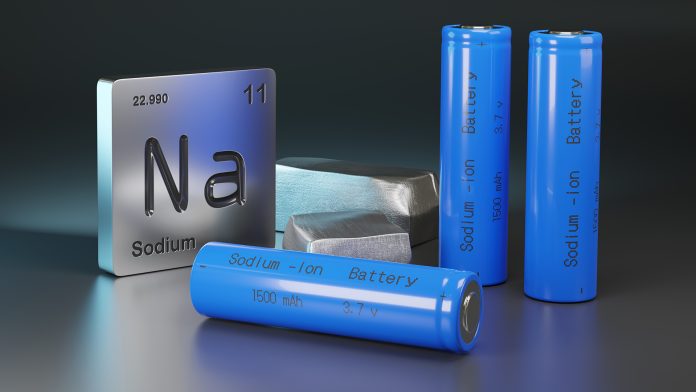A team led by Osaka Metropolitan University Associate Professor Atsushi Sakuda and Professor Akitoshi Hayashi are developing a process that could lead to mass synthesis for solid-state sodium batteries.
While lithium-ion batteries are currently the most widely used, solid-state sodium batteries are attracting attention as sodium is far more plentiful than lithium.
This should make sodium batteries less expensive, and solid-state batteries are thought to be safer, but processing issues have made mass production difficult.
The team’s method is helping to overcome these issues.
A paper detailing the work was published in Energy Storage Materials.
The potential of solid-state for energy storage
With the aim of achieving sustainable development goals, solid-state sodium batteries have gained significant attention as reliable energy storage devices.
Notably, substantial improvements are being made in the field of solid electrolytes, a key material in a battery.
Sulphide solid electrolytes exhibit high ionic conductivity and formability, and their properties are derived from sulphide anion sublattices.
With increasing demand and applications in rechargeable batteries, the synthesis of sulphide electrolytes should be simpler and more controllable.
Recently, liquid-phase synthesis has been extensively investigated as a favourable method for mass production, in addition to other processes such as conventional heat treatment and mechanochemical processes.
The process involves a homogeneous reaction at ambient temperature because the solvents disperse the starting materials and products. In the liquid-phase process, the applicable electrolyte systems are still limited owing to the different stabilities of the starting materials and products against the solvent.
While the performance related to ionic conductivity and additional functions is strongly influenced by their composition, delicate and less stable sulphide starting materials limit their variability.
To delve into compositions with a vast combination of elements on the periodic table, achieving a more high-throughput, scalable, and universal material exploration and fabrication process is essential, facilitated by the dispersant of the liquid phase.
Creating high-conducting solid-state sodium batteries
Using sodium polysulfides (sulphides with two or more atoms of sulphur) as both the material and the flux, which promotes fusion, the team created a solid sulphide electrolyte with the world’s highest reported sodium-ion conductivity.
The conductivity of the new sodium battery was about ten times higher than required for practical use and created a glass electrolyte with high reduction resistance.
Mass synthesis of such electrolytes with high conductivity and formability is key to the practical use of solid-state sodium batteries.
“This newly developed process is useful for the production of almost all sodium-containing sulphide materials, including solid electrolytes and electrode active materials,” Professor Sakuda said.
“Also, compared to conventional methods, this process makes it easier to obtain materials that display higher performance, so we believe it will become a mainstream process for the future development of materials for solid-state sodium batteries.”









